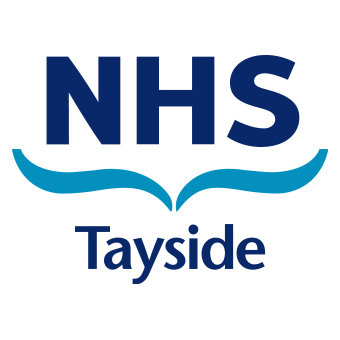LAT gel solution: 4% lidocaine, 0.1% adrenaline, 0.5% tetracaine gel topical anaesthetic preparation.
 Supplied in 3ml vials.
Supplied in 3ml vials.
Evidence:
LAT can be used in preference to injected lidocaine, being less painful and equi-analgesic: Grade A (Ernst et al. 1997; Smith et al, 1998; White et al, 2004; Eidelman et al, 2005a).
LAT gel can be used pre-treatment with injected lidocaine to reduce the pain of subsequent injection: grade B (Singer and Start, 2000; 2001).




